The content of the article
Young parents of newborns with a shudder await a period called "teeth are cut." They would have heard so much about these sleepless nights! In fact, children’s teeth can grow in different ways. Someone manages one-day insignificant whims, but someone suffers with high fever and endless sleepless nights. What should I do if the baby has a temperature during teething? How to bring down the temperature and whether it is necessary to do this, try to figure it out.
How to understand that the temperature is “dental”
Many parents wonder how to distinguish a temperature that arose from teething from that which could be with a cold or SARS? After all, teeth begin to grow after 6 months, just at the time when the mother’s breast milk ceases to transmit special antibodies to the baby that protect the baby from viral diseases. Several factors will help you distinguish temperature from SARS from temperature when teething.
- At "tooth" temperature, its indicator rarely rises above 38 degrees. Typically, the temperature during teething is small, about 37-37.3 degrees. Viral temperature, as a rule, rises rapidly to 38-39 degrees and above.
- If the baby's teeth are cut, this is usually accompanied by increased salivation, the child drags everything in his mouth, tries to chew everything. Other symptoms, such as poor sleep and appetite, irritability and tearfulness can occur both with the virus and with teething.
- Try to look carefully at the baby's throat. To do this, open his mouth, with one hand put a flashlight on the tonsils, and hold the tongue with the other hand using a sterile teaspoon. If the throat is red, then you have a cold. Although during teething, the mucous membrane can also be red, but the redness is light, it can be said insignificant. If the throat is scarlet, there should be no doubt.
- If the child has a fever, it is not accompanied by additional symptoms. In turn, a cold, as a rule, occurs with a runny nose, shortness of breath, and coughing. Although often the teeth can erupt against a background of transparent snot, because the nerve endings are close and can be irritated by adjacent processes.
Be prepared for colds and teeth to leak at the same time. After all, teething is accompanied by a decrease in local immunity, because of which a child may have a sore throat or stomatitis.
When and how to bring down a child’s temperature
If the temperature is low, it should not be knocked down. Antipyretic drugs can be given to a child if the temperature has risen above 38 degrees. Also, an antipyretic is indicated for use if the baby has neurological diseases, if he has had or ever had cramps from a high temperature. If the child is breathing heavily and often, if his arms and legs become cold, if the baby has become pale and lethargic, you should not pull with an antipyretic. Paracetamol or ibuprofen will do the trick and a maximum of 15 minutes after ingestion, the temperature will begin to decline. Among the drugs, Ibufen, Panadol, Nurofen, Tsinepar, Cefekon can be distinguished - their assortment is very extensive.
On sale there are special dosage forms for children of the first year of life. These are syrups, candles and tablets, which dissolve well in water. Medicines with ibuprofen not only relieve heat, but also have an analgesic effect.Be sure to read the drug annotation to know the dosage for a child of your age. If the baby still does not know how to drink syrup from a spoon, rectal suppositories are suitable. They act quickly, but only if the baby does not suffer from constipation. If the rectum is filled with feces, the effectiveness of antipyretic drugs decreases, due to the difficulty of absorption of the drug into the walls of the mucosa.
How to help a baby with teething
Seeing how the child suffers, many parents ask themselves the question - how to help the baby survive this difficult period?
- The child must drink a lot. Drinking plenty of water will make it easier for the baby to endure a weakened immune system and an inflammatory process. In addition, a large amount of liquid will cope with a slight increase in temperature. If the baby is breast-fed, do not refuse the baby in breast milk. After all, mother’s breast for him is not only a liquid, but also a way to survive physical pain, the ability to calm down and hide from all troubles. If the baby is breast-fed, offer him low-sugar juice and stewed fruit.
- Local anesthetics can be applied to the gums. These are Kamistad, Kalgel, Holisal, Dentinoks and others. Gels and ointments perfectly cool the surface of the mucosa, relieve inflammation and redness, and most importantly, relieve aching pain. Local analgesics work for about 3-4 hours, after which you need to re-smear the baby's gums again.
- Do not confuse the child, so as not to provoke an additional increase in temperature. The kid should be dressed lightly enough. If the room is hot, ventilate the room. Remove the disposable diaper from the baby - it disrupts the heat transfer process.
- You can wipe the baby with warm water, especially in the groin and armpits, where the lymph nodes that are responsible for thermoregulation are located. Never rub the child with vinegar or alcohol. The baby has thin skin, which can absorb a toxic substance through the capillaries. You can simply poison the child with minor rubdowns in your opinion.
- It is very good to calm down and relieve a slight body temperature helps the bath. Water should be a couple of degrees lower than body temperature to compensate for this increase.
- Give your child special rubber teethers. The baby will nibble them and soothe the itchy gums a little. In no case should you give your child a drying or crust of bread. A bitten or torn piece may cause the child to choke.
- In the department of children's goods there are special rubber brushes that are worn on the finger of an adult. With them you can carefully, but effectively "scratch" the painful gums of the child.
These simple recommendations will help you at least slightly facilitate the process of teething in a child.
Teething temperature is a fairly common occurrence, but all parents are equally worried if the baby is hot. Help the child survive this difficult period - hug him, be close, do not leave him alone with toys. If the temperature lasts more than three days, if it is above 38 degrees, accompanied by diarrhea, rash or weakness - do not pull, be sure to show the child to a doctor. If the doctor examines and confirms the "tooth" temperature, you can wait with a calm heart for the first tiny teeth. Be attentive and kind to your child, and it will be easier for the child to survive toothaches.
Video: how to reduce the temperature of children with teething

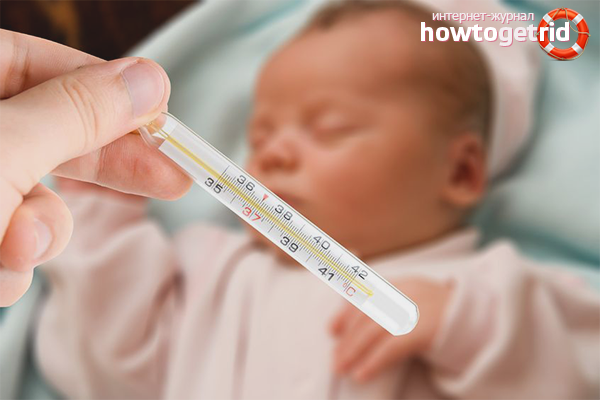
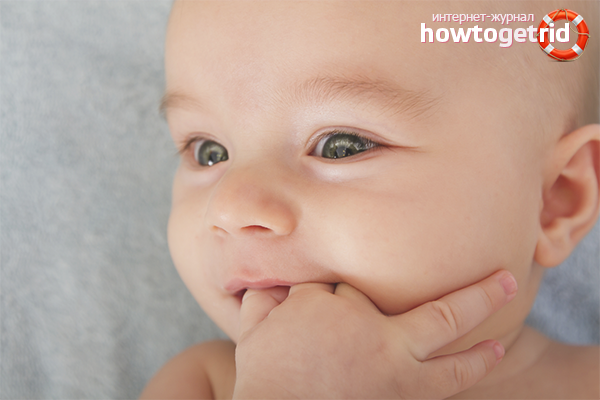
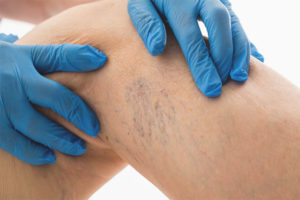
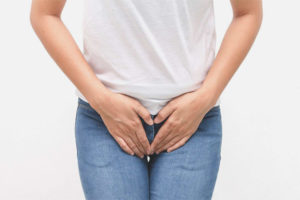
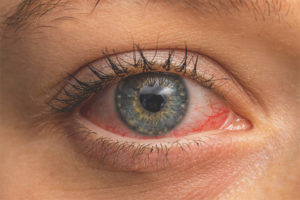

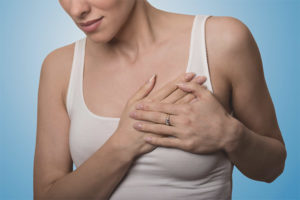
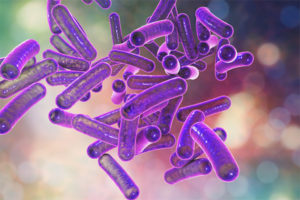
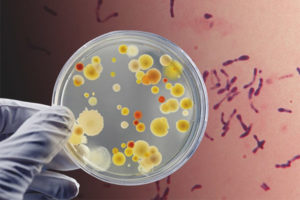

Submit